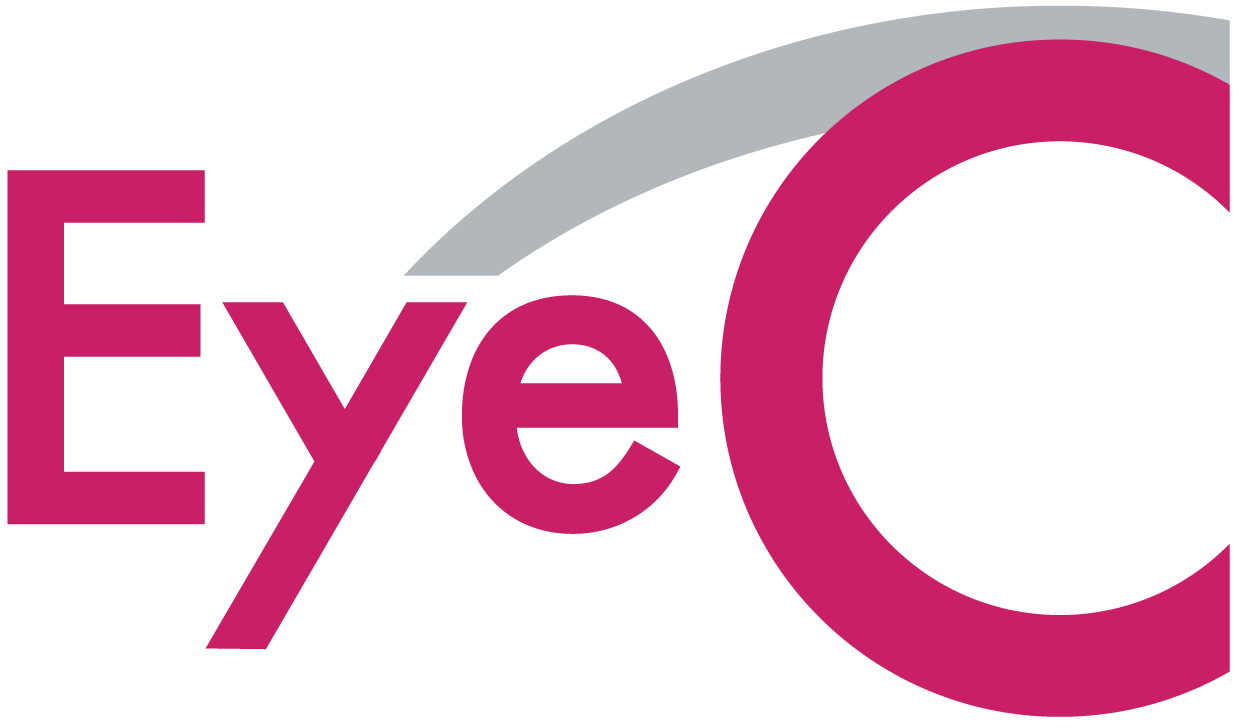Industrial image
The term industrial image processing encompasses all applications that support and test devices and systems using image capture. An industrial image processing system consists of different hardware components that use interfaces to communicate with the corresponding software. This includes light, the image sensor, and the image capture lens. The captured object is transformed into a digital image that is sent to the processor for analysis.
In the field of printing, industrial image processing also plays an important role: graphical elements such as images, photos, labels, inserts, or folding cartons are captured by the computer and analyzed, processed, and rendered by the corresponding software. The image capturing is done via a scanner or a digitizer. The next step consists of image processing including the compressing and analyzing of the image data. In the last step, the images are rendered via monitors or color printers.

Where is industrial image processing used?
Industrial image processing is used in a variety of fields. Apart from the printing industry with prepress inspection, it is used in the publishing and graphics sector. Another important area is the video industry.
In the industrial sector, it is used in automotive engineering as well as in medical and traffic technology.

How does industrial image processing work?
Industrial image processing in the industrial field is executed using algorithms to check the image. This is called “machine vision” and carries out automated visual inspection. This way, high production numbers can be achieved. Industrial image processing is always adapted to the sector that it is used in, such as the pharmaceutical sector, the electronics industry, and logistics. It is used for reading and checking codes such as bar codes.
As an essential part of modern quality control, it offers a constant test depth, while quality control executed by people is dependent on their cognitive skills as well as their form on that day. Precise requirement management is crucial for a successful image-processing process.
Advantages of industrial image processing
Industrial image processing in print preparation
The technique plays an important role in artwork and pre-press inspection. With software solutions by EyeC such as the EyeC Proofiler, all requirements of the printing industry are met. It reads the prints via quick scanners and finds all types of errors such as blurred passages, missing ink, blotches, or color deviations. The results are printed and digitally saved in a protocol. The software can be used for checking labels, leaflets, folding cartons, braille inspection, or 1D- and 2D-codes.
